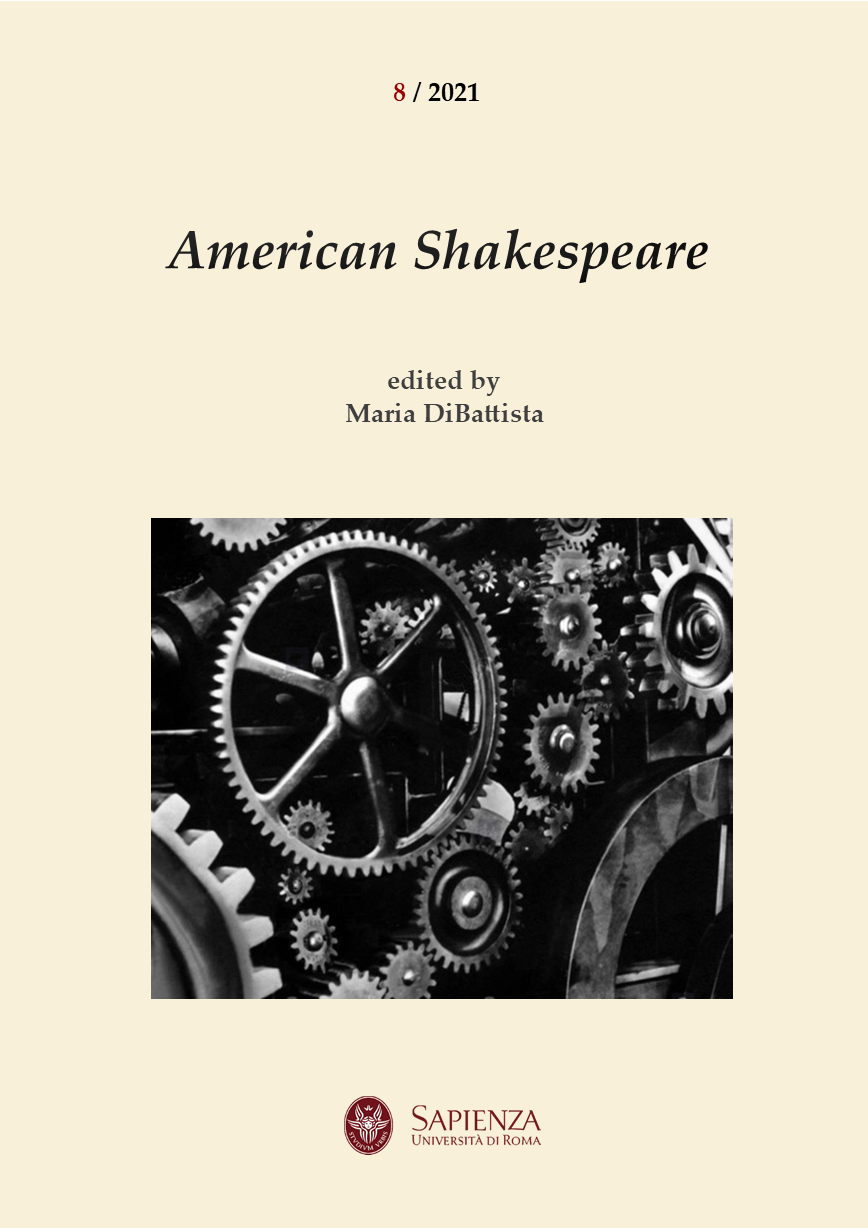Faltering in the Fight: 'Pierre' and 'Hamlet'
DOI:
https://doi.org/10.13133/2283-8759/17611Keywords:
Melville, Milton, Female sexuality, Masculinity, Narcissism, IncestAbstract
Melville’s 1852 novel Pierre; or, The Ambiguities foregrounds its intertextual link to Shakespeare’s Hamlet. This essay focuses on several subjects: incest, framed as an all-encompassing allegory for the problems within and posed by the family; sexual ambivalence, which both the tragedy and the novel thematize in the hero’s horror at the thought of adult genitality; and an episode that links Hamlet to Pierre and combines concerns with authorship and dismemberment, the reference to the myth of the amputated Giant Enceladus. Pierre is notable for being the most sustained depiction of female sexuality in Melville’s work. The titular hero’s possible half-sister Isabel can be considered a version of Shakespeare’s Ophelia, just as the character of Mary Glendinning, Pierre’s mother, revises Hamlet’s mother Gertrude. Melville’s transformation of Shakespeare’s female portraits is fascinatingly problematic. He uses the precursor text to imagine forms of subversive female power but also reifies images of the woman as, respectively, narcissistic and siren-like, a doom to men. At the same time, Melville reimagines Milton’s Eve, specifically the moment where she ponders her own reflection in a pool. The novel’s most resistant element is its Hamlet-like depiction of masculinity as “faltering in the fight” compromised and embattled. Melville’s Shakespearean and ekphrastic uses of the Enceladus myth allow him to develop an allegorical register for his mutually illuminating explorations of the failure of the artist and the failure of American masculinity.


